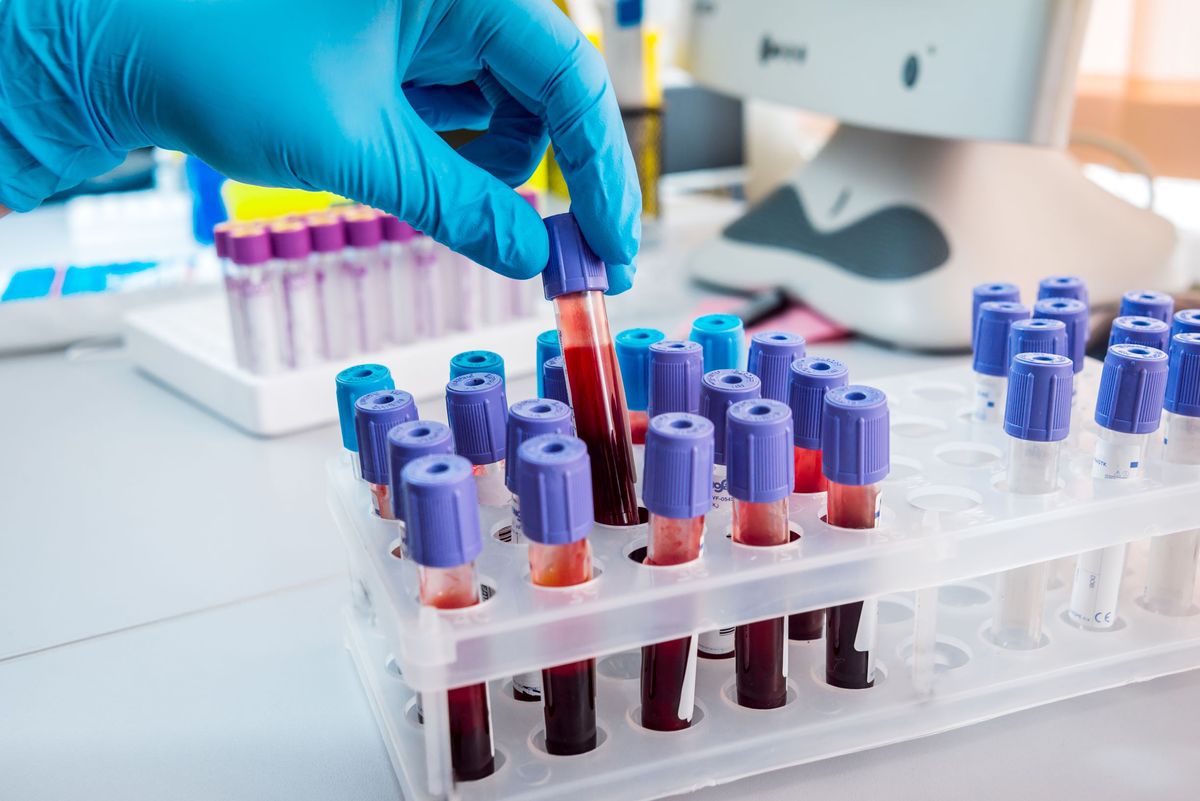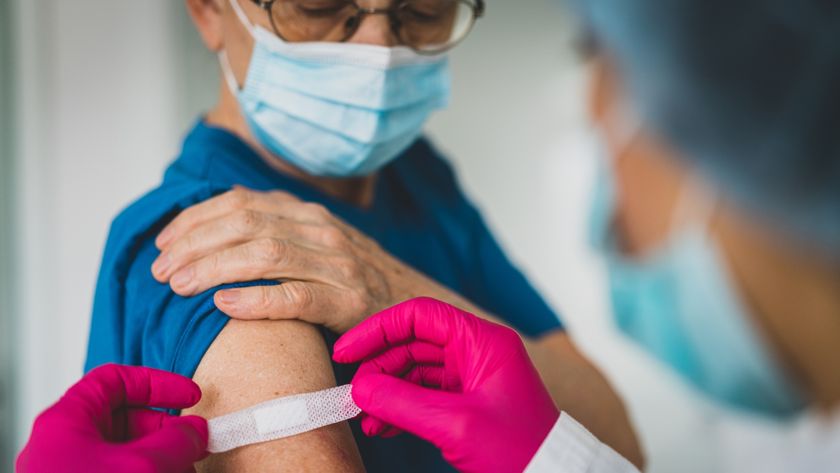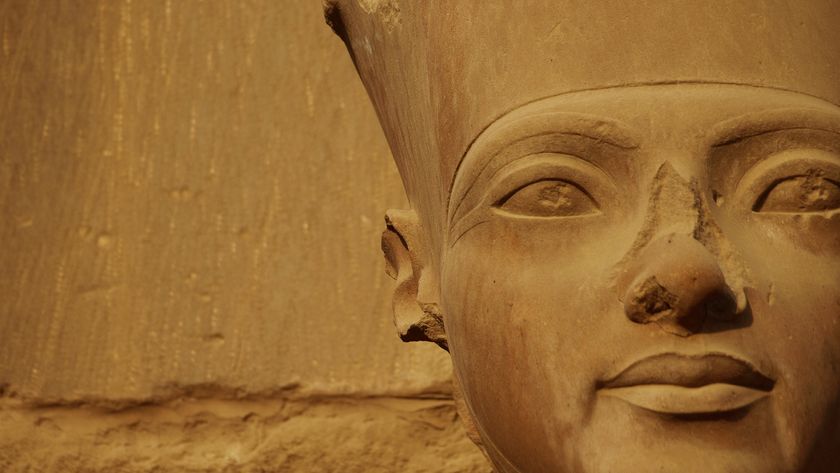US scientists develop crucial blood test for coronavirus antibodies
The simple test can show how many people have really been infected.

Testing to diagnose the new coronavirus is starting to ramp up in the United States, but one crucial tool is still lacking: a test to detect antibodies against the virus in people's blood.
But such a test may not be far off — in a new study, U.S. researchers not only developed a simple antibody test for the new coronavirus (SARS-CoV-2) but also shared the instructions online for how to make the test so that labs around the world can replicate it.
Labs could easily scale the test "to screen a few thousand people a day" for antibodies against the new coronavirus, study senior author Florian Krammer, a virologist at the Icahn School of Medicine at Mount Sinai in New York, told Science magazine.
The study has been posted on the preprint server medRxiv, which means it has not yet been published in a peer-reviewed journal, and as such, it's too early to use in clinical practice with patients.
The current tests being used in the U.S. to diagnose infections with the new coronavirus disease, COVID-19, are different from antibody tests. The former look for the new coronavirus's genes in samples taken from people's noses and throats, which indicate that a person is actively infected with the virus, SARS-CoV-2. The latter look for antibodies that a person's immune system develops to fight the new coronavirus. Such antibodies stick around in a person's blood, so they can show if a person has been infected with COVID-19 in the past.
Antibody tests are important for a number of reasons. They can show what percentage of the population has ever been infected with the virus (even if the people aren't currently infected) — a key piece of information, given that many COVID-19 infections may be mild, and thus undiagnosed. By knowing how many individuals have had the virus, researchers can calculate a more accurate fatality rate and have a better idea of the percentages of cases that are mild versus severe.
Researchers could also use antibody tests to screen health care workers and identify those who are already immune to the virus, which would likely mean they could care for patients without the risk of being infected, the authors said.
Sign up for the Live Science daily newsletter now
Get the world’s most fascinating discoveries delivered straight to your inbox.
In the new study, researchers developed an ELISA test, a common type of lab test in which researchers see a color change if a specific antibody is present in a sample. This color change happens only when antibodies in a sample recognize and bind to specific proteins — in this case, proteins from SARS-CoV-2. To make the test, the researchers created slightly altered versions of some of the proteins from SARS-CoV-2, according to Science magazine.
Using blood samples from three confirmed cases of COVID-19 and 59 people who did not have the infection, the researchers found that their test worked — it was positive only for those who had COVID-19.
The researchers were worried that they might see false-positive results from people who had previously been infected with a different coronavirus, called NL63, which causes colds but has similarities to SARS-CoV-2, Science magazine reported. But the researchers didn't see any false positives, even though some of the 59 people in their study had likely been infected with NL63.
"We believe that our ELISA method will be key for serosurveys [blood tests] aimed at determining the real attack rate and infection fatality rate" of SARS-CoV-2, the authors concluded.
The researchers are already using the test in their hospital to determine how quickly people develop antibodies to the virus, Science magazine reported.
- The 12 deadliest viruses on Earth
- 28 devastating infectious diseases
- 11 surprising facts about the respiratory system
Originally published on Live Science.
OFFER: Save at least 53% with our latest magazine deal!
With impressive cutaway illustrations that show how things function, and mindblowing photography of the world’s most inspiring spectacles, How It Works represents the pinnacle of engaging, factual fun for a mainstream audience keen to keep up with the latest tech and the most impressive phenomena on the planet and beyond. Written and presented in a style that makes even the most complex subjects interesting and easy to understand, How It Works is enjoyed by readers of all ages.

Rachael is a Live Science contributor, and was a former channel editor and senior writer for Live Science between 2010 and 2022. She has a master's degree in journalism from New York University's Science, Health and Environmental Reporting Program. She also holds a B.S. in molecular biology and an M.S. in biology from the University of California, San Diego. Her work has appeared in Scienceline, The Washington Post and Scientific American.













